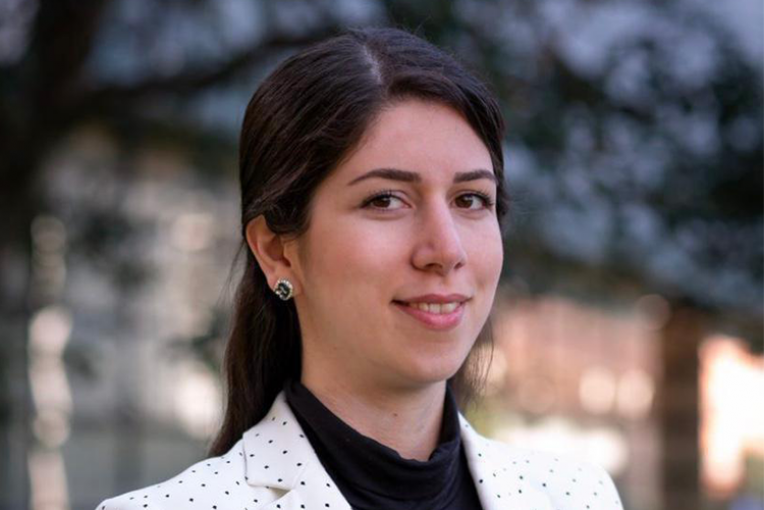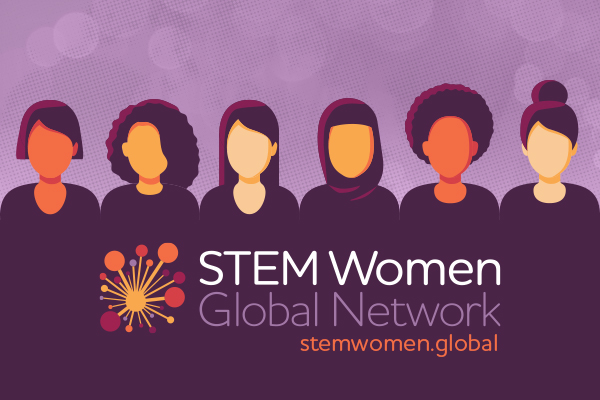
Paria Gharavi
Casual Academic
University of New South Wales
Contact me for
- Mentoring
- Sitting on boards or committees
- Providing an expert opinion
- Outreach activities
- Conference presenting
- Opportunities to collaborate
Biography
Since early in my career, the focus of my research has been the development of new technologies to transfer and storage the green energy. My research is helping Australian industries to develop a new design of materials in order to contribute to clean environment, greener industry and circular economy. I have received my Master degree in Materials Science & Engineering from "Sharif University of Technology", Iran in 2014 before awarding the University International Postgraduate Award (UIPA) for PhD program from "University of New South Wales", Group of Eight (Go8) Australia's leading research-intensive universities in 2015. I have successfully completed my Ph.D. on “A transmission electron microscopy (TEM) investigation of defects in functional interfaces”, nominated for Dean’s Award for Outstanding Ph.D. theses.
My research is focused on the microscopy studies of functional materials. As a part of UNSW Analytical Centre, I employ advanced materials characterization techniques to study the formation of the materials with desired characteristics. I have a deep knowledge on microscopy techniques, chemistry, chemical characterizations, and the relationship between energy application and atomic structure of materials. In addition, I have a detailed understanding of sample preparation, microstructure analysis and microscopy. These are all followed by an excellent data recording and analyzing to be prepared for my publications.
The quality of my research is demonstrated by the high-impact publications that I have authored (+7 peer-reviewed papers in National Science Review (IF:13.22), Acta Materialia (IF:7.29), Solar Energy Materials and Solar Cells (IF:6.01), Journal of Physical Chemistry C (IF:4.30), etc.) and also had oral presentations in different international conferences and workshops - IMC19 and EMRS. One of my first-authored papers has been cited more than 30 times in less than three years, which shows the positive impact of my research on the science community in the world.
As one of the young female scientists under 30 in STEM, I am confident that my past teaching experiences, strong academic background, and communication skills coupled with thorough preparation and enthusiasm for this position will make me an excellent applicant to add more to any research center or university.

 Resources and Opportunities
Resources and Opportunities Women in STEM Champions
Women in STEM Champions
 Contact
Contact